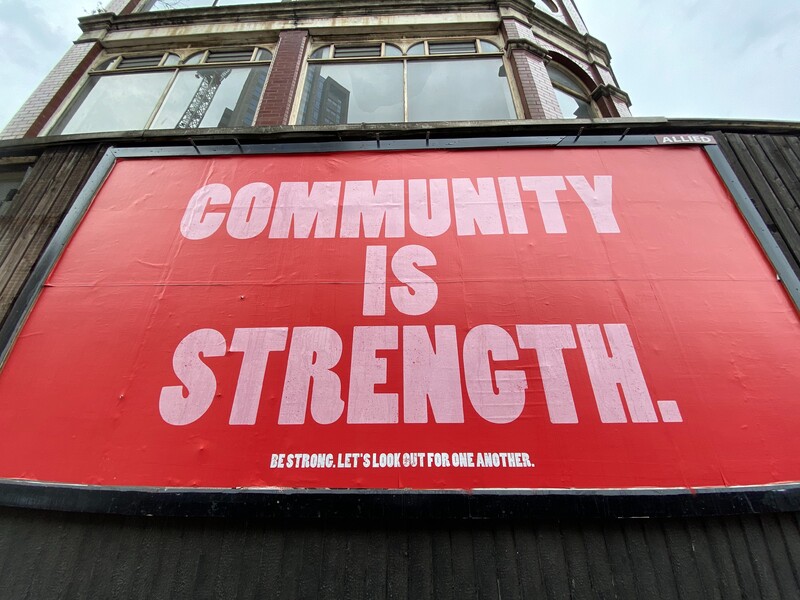
Last month, as part of a small project at work, I created a Community site for our internal SharePoint intranet. I populated it with details of the clubs and shared interest groups that exist within our company, from the various sports clubs to our DE&I Forum and Charity Champions. I included an online noticeboard for sharing messages and a news section to recognise and celebrate special milestones in our Team members’ lives. In the three weeks since it went live, this simple Community site has been visited over 4,000 times, making it one of the most frequently viewed areas of our intranet.
The reason for creating the site was a desire to rekindle the personal connections that have been diminished through the pandemic. As workplaces emerge from the constraints of lockdown and we start returning to our offices, we recognise the need within ourselves and others for human contact and face-to-face interaction. Even the natural introverts among us find comfort in spending time with those people who understand them. We have become acutely aware of the ways that COVID-19 has changed our communities and the consequences this has for our individual wellbeing.
In the first year of the pandemic, incidences of anxiety and depression increased by a massive 25% globally, according to a scientific brief released by the World Health Organization (1). With people separated from their usual support networks, feelings of isolation and loneliness grew. In a study in the Harvard Business Review, published in 2019 before the pandemic, 40% of respondents said they felt isolated at work. This has been further exacerbated over the last two years by home working, social distancing and self-isolation leading to a rise in stress-related ill health.
This April is Stress Awareness month, an opportunity to increase awareness of the causes, effects and cures for stress. The theme this year is, appropriately, Community.
Community is the backbone of a successful society or organisation. It is much more than just a group of people. It’s a sense of belonging and connection to others and the feeling of being supported and accepted by those around you. Strong communities are often borne out of challenging situations. Throughout the pandemic, communities around the world rallied to support the vulnerable and those in need of assistance and now we see communities again coming together to help those impacted by the war in Ukraine.
In the small Oxfordshire village where I live, a much closer community emerged through the periods of lockdown. A communal village WhatsApp group sparked the creation of a book swap library alongside the shared supermarket runs, toilet roll hunts and tips for local grocery deliveries. We met in gardens for socially-distanced singing, outdoor picnics and night-time star gazing. Families who had lived in the village for years without ever meeting became friends. We shared gardening tips and searched for runaway dogs. And most importantly of all, that community spirit has endured as our lives returned to normal.
The Collins English Dictionary defines ‘community’ as “friendship between different people or groups, and a sense of having something in common”. These are also essential ingredients for the creation of great villages, effective teams and successful workplaces. Digging a little into the literature, five frequent themes emerge that seem to form the building blocks of community.
Purpose
Strong communities have a shared sense of purpose and common goals, and they work together with a clear understanding of how each individual contributes to achieving the aims of the group. Within organisations, we can create a clear line of sight between each member of a team and the collective mission of the group as a whole.
Belonging
When individuals are connected within a thriving community, they feel a sense of camaraderie. They have stronger empathy for each other. Each person feels welcomed and able to be themselves within the group, barriers are broken down and everyone is included.
High belonging within the workplace has been found to increase job performance by 56%, reduce turnover risk by 50% and decrease sick days by 75%, according to research published in the Harvard Business Review (2). Strong communities welcome differences of opinion and embrace the learning that comes from hearing other points of view. This enables the creation of diverse, equitable and accepting teams with high levels of trust.
Trust
Trust is the cornerstone of community. If an organisation has high levels of trust and psychological safety, people feel their opinions are heard and valued, and have confidence that others will be caring and supportive. This in turn gives individuals tacit permission to be more innovative, to stretch themselves, learn new skills and try new things, without fear of blame or repercussion if they don’t succeed.
Care
Successful communities are made up of people who care about each other. 39% of respondents in the 2019 EY Belonging Barometer said that they feel the greatest sense of belonging at work when colleagues check in with them to see how they are doing, both personally and professionally. Regular small acts of kindness, such as celebrating achievements or offering support at difficult times, go a long way to build a caring culture. Members of active communities also care about the world around them and take responsibility for co-creating their environment, which in turn relieves the burden on leadership of having to create for the whole group.
Voice
According to the EY Belonging Barometer, a further 39% of respondents said they feel the strongest sense of belonging when they are able to speak freely and voice their opinions. This is enabled through trusting relationships with others and the creation of a psychologically-safe space.
One of the common artefacts of any community is its story. As an Internal Communicator, my role is to give voice to the stories that bring our community together. Shared stories about who we are, what we are building and the legacy we want to leave behind us. Stories about the trust and care we show each other and the wider community around us. Above all, stories about how we choose to be together as a TEAM.
In his book ‘The Different Drum: Community Making and Peace’ (3) American Psychiatrist Dr M. Scott Peck describes community as “a way of being together with both individual authenticity and interpersonal harmony so that people become able to function with a collective energy even greater than the sum of their individual energies.”
At the heart of any thriving organisation is a strong community working together to become greater than the sum of its parts. Whether that community is building a great little village or a championship-winning Formula One Team – Together, Everyone Achieves More.
(1) https://www.who.int/publications/i/item/WHO-2019-nCoV-Sci_Brief-Mental_health-2022.1
(2) https://hbr.org/2019/12/the-value-of-belonging-at-work
(3) https://www.amazon.co.uk/Different-Drum-Community-making-peace-New-age/dp/0099780305
Image credit: Photo by John Cameron on Unsplash
